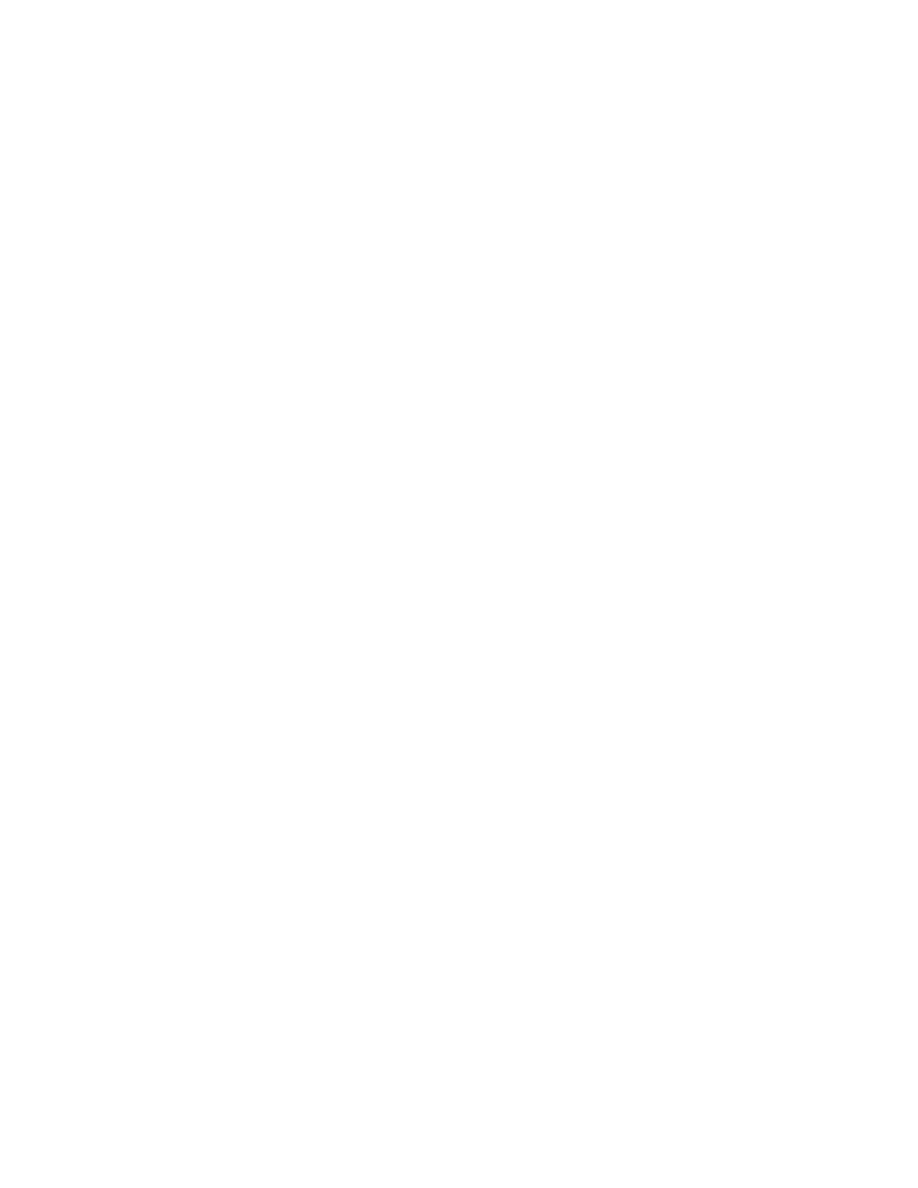
391
Federal Aviation Administration, DOT
§ 25.177
(iii) The airplane trimmed for level
flight with the power required in para-
graph (b)(2)(ii) of this section.
(3) With the landing gear extended,
the stick force curve must have a sta-
ble slope at all speeds within a range
which is the greater of 15 percent of the
trim speed plus the resulting free re-
turn speed range, or 50 knots plus the
resulting free return speed range,
above and below the trim speed (except
that the speed range need not include
speeds less than 1.3
V
SR1
, nor speeds
greater than
V
LE,
nor speeds that re-
quire a stick force of more than 50
pounds), with—
(i) Wing flap, center of gravity posi-
tion, and weight as specified in para-
graph (b)(1) of this section;
(ii) 75 percent of maximum contin-
uous power for reciprocating engines
or, for turbine engines, the maximum
cruising power selected by the appli-
cant as an operating limitation, except
that the power need not exceed that re-
quired for level flight at
V
LE
; and
(iii) The aircraft trimmed for level
flight with the power required in para-
graph (b)(3)(ii) of this section.
(c)
Approach. The stick force curve
must have a stable slope at speeds be-
tween
V
SW
and 1.7
V
SR1
, with—
(1) Wing flaps in the approach posi-
tion;
(2) Landing gear retracted;
(3) Maximum landing weight; and
(4) The airplane trimmed at 1.3
V
SR1
with enough power to maintain level
flight at this speed.
(d)
Landing. The stick force curve
must have a stable slope, and the stick
force may not exceed 80 pounds, at
speeds between
V
SW
and 1.7
V
SR0
with—
(1) Wing flaps in the landing position;
(2) Landing gear extended;
(3) Maximum landing weight;
(4) The airplane trimmed at 1.3 V
SR0
with—
(i) Power or thrust off, and
(ii) Power or thrust for level flight.
(5) The airplane trimmed at 1.3
V
SR0
with power or thrust off.
[Doc. No. 5066, 29 FR 18291, Dec. 24, 1964, as
amended by Amdt. 25–7, 30 FR 13117, Oct. 15,
1965; Amdt. 25–108, 67 FR 70827, Nov. 26, 2002;
Amdt. 25–115, 69 FR 40527, July 2, 2004]
§ 25.177
Static lateral-directional sta-
bility.
(a) The static directional stability
(as shown by the tendency to recover
from a skid with the rudder free) must
be positive for any landing gear and
flap position and symmetric power con-
dition, at speeds from 1.13 V
SR1
, up to
V
FE
, V
LE
, or V
FC
/M
FC
(as appropriate for
the airplane configuration).
(b) The static lateral stability (as
shown by the tendency to raise the low
wing in a sideslip with the aileron con-
trols free) for any landing gear and flap
position and symmetric power condi-
tion, may not be negative at any air-
speed (except that speeds higher than
V
FE
need not be considered for flaps ex-
tended configurations nor speeds high-
er than V
LE
for landing gear extended
configurations) in the following air-
speed ranges:
(1) From 1.13 V
SR1
to V
MO
/M
MO
.
(2) From V
MO
/M
MO
to V
FC
/M
FC
, unless
the divergence is—
(i) Gradual;
(ii) Easily recognizable by the pilot;
and
(iii) Easily controllable by the pilot.
(c) The following requirement must
be met for the configurations and speed
specified in paragraph (a) of this sec-
tion. In straight, steady sideslips over
the range of sideslip angles appropriate
to the operation of the airplane, the ai-
leron and rudder control movements
and forces must be substantially pro-
portional to the angle of sideslip in a
stable sense. This factor of proportion-
ality must lie between limits found
necessary for safe operation. The range
of sideslip angles evaluated must in-
clude those sideslip angles resulting
from the lesser of:
(1) One-half of the available rudder
control input; and
(2) A rudder control force of 180
pounds.
(d) For sideslip angles greater than
those prescribed by paragraph (c) of
this section, up to the angle at which
full rudder control is used or a rudder
control force of 180 pounds is obtained,
the rudder control forces may not re-
verse, and increased rudder deflection
must be needed for increased angles of
sideslip. Compliance with this require-
ment must be shown using straight,
VerDate Mar<15>2010
10:12 Mar 18, 2014
Jkt 232046
PO 00000
Frm 00401
Fmt 8010
Sfmt 8010
Y:\SGML\232046.XXX
232046
pmangrum on DSK3VPTVN1PROD with CFR